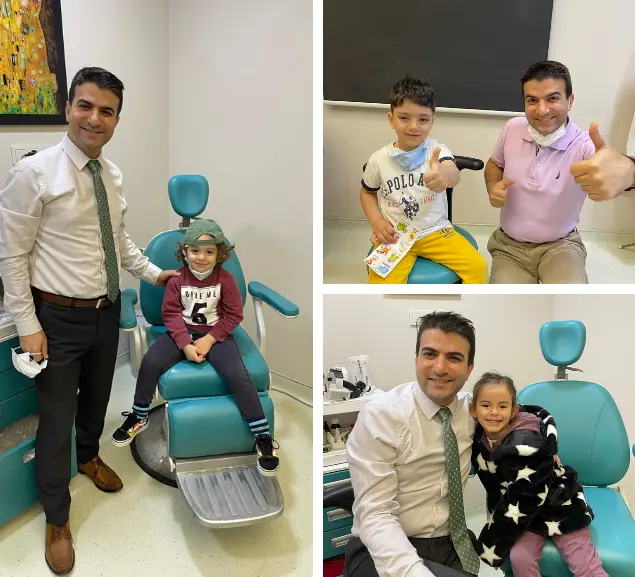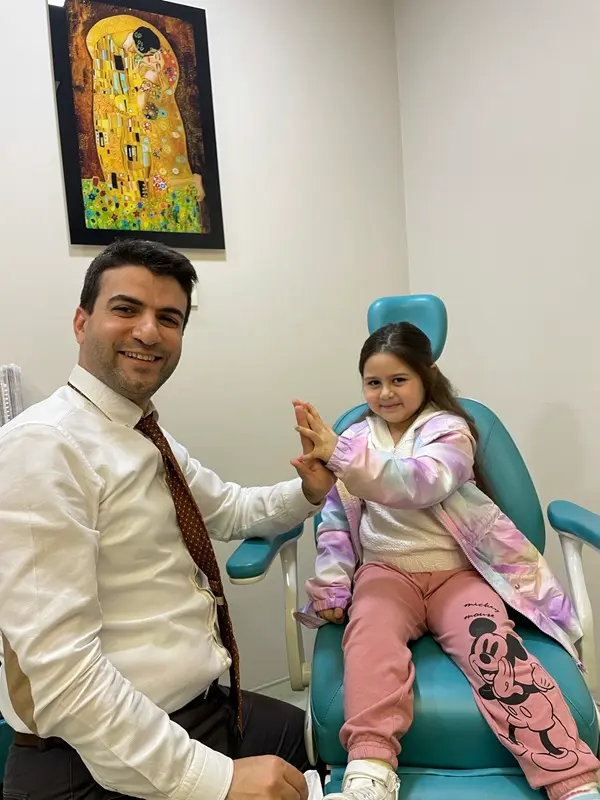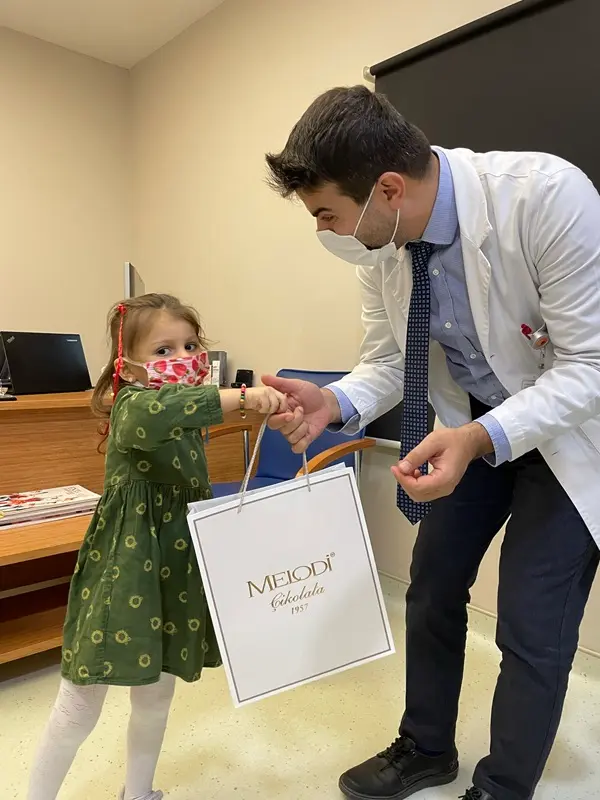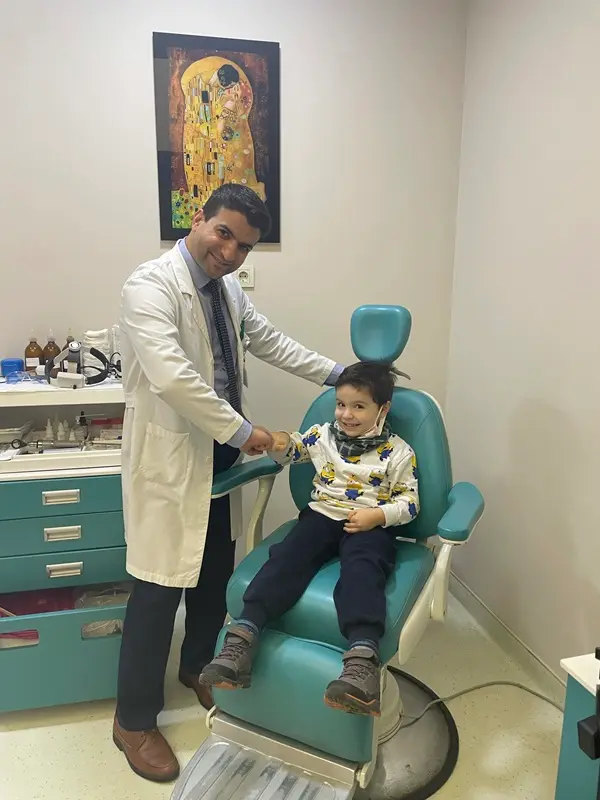Adenoid Hypertrophy in Children is an immune system tissue similar to the tonsil that originates on the surface of the nasal area, located behind the soft palate. Main features:
- Adenoids are present at birth.
- They show a significant growth between 3-6 years of age.
- Around 7 years of age, they stop growing.
- After the age of 10, they start to shrink.

When Adenoid Hypertrophy in Children becomes too large or inflamed too often, it causes a number of problems. These include severe nasal congestion, persistent runny nose, ear problems (fluid accumulation, hearing loss), sleep problems, snoring, tooth decay, difficulty swallowing, speech disorder, swelling in the neck, dry lips and mouth, and sleep apnea (breathing stops for a while during sleep).
If these problems seriously tire the child and the harms outweigh the benefits, the adenoid should be removed. In cases of Adenoid Hypertrophy in Children, when deciding on the operation, the balance of benefit and harm is carefully considered.
Tonsils are two pieces of lymphatic tissue located in the throat on either side of the root of the tongue. They are part of the immune system and stimulate the immune system and provide the first response to germs ingested through the mouth.
There are two main criteria for surgical intervention on tonsils. These can be separate criteria or their presence alone is sufficient for surgical intervention. In many cases, Adenoid Hypertrophy in Children can also accompany these conditions, making surgical evaluation essential.
Tonsils may become large enough to affect breathing and nutrition and may mimic Adenoid Hypertrophy in Children symptoms. In this case, tonsils should be intervened together with adenoids in order for the child to continue his/her healthy development and to prevent apnea.
If the tonsils are extremely large, it may be a surgical option to reduce the tonsils instead of removing them. Another condition that requires removal of tonsils is recurrent throat infections. In the case of recurrent tonsil infections (4 infections in a year or 7 infections in two years), the size of the tonsils does not matter and they should be removed even if the tonsils are small.



Adenoid Hypertrophy in Children When deciding on an operation, of course, the balance of benefit and harm is taken into consideration. Therefore, if the operation is on the agenda, it means that the harms have started to overshadow the benefits.
Removal of tonsils in the presence of chronic infection will prevent the child from frequent tonsil infections and reduce the complications of infections (convulsions, acute rheumatic fever, acute poststreptococcal glomerulonephritis). It will also reduce the continuous use of medication for these infections.
All children who will undergo tonsillectomy should be evaluated for adenoids before or during the operation; the opposite is not always true.
We are proud to be featured on DoktorTakvimi.com, where countless patients have shared heartfelt experiences and glowing reviews about Doç. Dr. Osman Halit Çam. His dedication to natural-looking outcomes, minimal pain, and attentive communication is consistently praised.
Here’s what real patients say:
“I had never found a doctor I trusted — then I met Dr. Osman. My surgery was smooth, painless, and the result changed my life.”
“No bruising, no pain — beyond expectations. Thank you, Dr. Osman!”
“He carefully listened to every question. Recovery was so comfortable. I am incredibly satisfied.”
If you’re curious about his services or want to read all 63 reviews, click through to his profile on DoktorTakvimi.com and discover why so many place their trust in him.
Your child's adenoid problem is treatable and with the right intervention, your child's health can quickly return to normal.
Each of the contents on this site has been prepared for informational purposes. Do not apply any of the treatment methods described on the site without the supervision of a doctor. Otherwise, the site management and Assoc. Prof. will not be responsible in any way for any problems that may arise. Dr. Osman Halit Çam is not responsible.
© 2023 – All Rights Reserved. Assoc. Dr. Osman Halit Cam
Last Updated: 25.07.2025